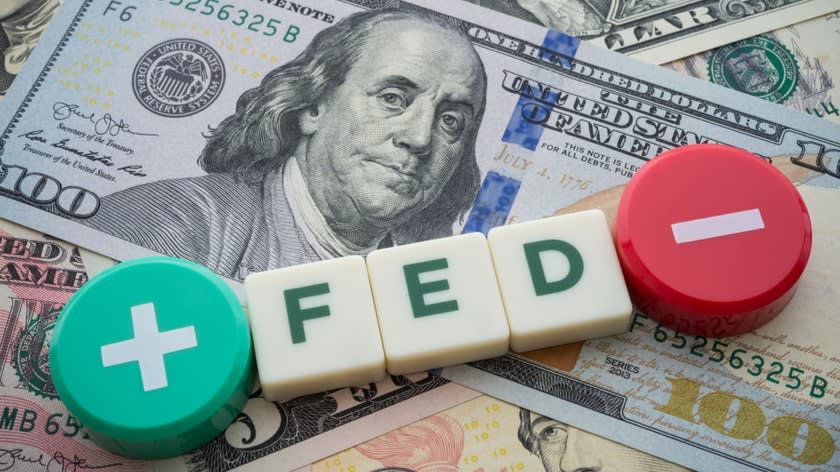US - June disinflation won’t derail a July Fed hike

The disinflation trend continued in June. While this won't derail a July Fed hike, it increases our conviction that this will be the final rate rise.
Disinflation trend continues, but labour-intensive services still firm
Both headline and core inflation surprised to the downside in June, rising 0.2% m/m (consensus: 0.3% for both headline and core; ABN: 0.1% for headline, 0.3% core). This took annual headline inflation down to 3% – the lowest since March 2021 – while annual core inflation fell to 4.8%, the lowest since October 2021. Headline disinflation continues to be driven by energy and food, with base effects now pushing energy deep into deflation territory. The decline in core inflation was helped by easing used car prices and airfares, as well as a more gradual cooling in the all-important shelter (housing rents) category. Shelter inflation is likely to continue the broad cooling trend over the coming months, but we expect it to remain above the pre-pandemic level. Meanwhile, inflation for labour-intensive services such as restaurants, recreation and personal care remained elevated in June, reflecting pass-through of higher wage and unit labour cost growth, as well as resilient services demand. We think a meaningful softening in the labour market – with a rise in the unemployment rate – will be necessary to bring price growth in this category back to target-consistent levels.

Inflation data raises our conviction that July will be the final Fed hike
While the Fed will welcome the further disinflationary progress, the June CPI report is unlikely to prevent the FOMC from hiking by another 25bp when it meets on 24-25 July, given the stickiness in labour-intensive services inflation and the broader resilience in other macro indicators in the US. However, the report gives us greater conviction that July will be the last hike of the current cycle, with a September hike looking unlikely assuming current data trends persist. Our base case continues to be for the Fed to start cutting rates next March. Still, we continue to see a risk that stickier services inflation keeps broader price growth above the Fed’s target in the medium term, with the risk therefore tilted towards rates staying restrictive for longer.
